How to Be Safe Around Trains
Part 1 of 5:
Being Safe at Train Stations
-
 Do not run. It is very easy to fall off of platforms. Most train stations prohibit biking, skateboarding, or rollerblading. Remove any equipment that may increase the risk of injury.
Do not run. It is very easy to fall off of platforms. Most train stations prohibit biking, skateboarding, or rollerblading. Remove any equipment that may increase the risk of injury. -
 Do not jump from the platform to retrieve fallen items. Many train station tracks (particularly those on subways) have electric third rails near the platform, capable of delivering thousands of volts of electricity to anyone who is near or touches it. Plus, should a train come, you could be run over, even if you are not on the tracks.
Do not jump from the platform to retrieve fallen items. Many train station tracks (particularly those on subways) have electric third rails near the platform, capable of delivering thousands of volts of electricity to anyone who is near or touches it. Plus, should a train come, you could be run over, even if you are not on the tracks.- Should you drop an item, ask a station employee to help you retrieve it.
-
 Be safe on the escalators. Many train stations have escalators that take passengers from the turnstiles/ticketing levels to the platform. These also have risks for injury. On San Francisco's Bay Area Rapid Transit, escalators are the number one cause of accidents on their system.
Be safe on the escalators. Many train stations have escalators that take passengers from the turnstiles/ticketing levels to the platform. These also have risks for injury. On San Francisco's Bay Area Rapid Transit, escalators are the number one cause of accidents on their system.- Do not use escalators if you are handicapped, carrying strollers, carrying bikes, or carrying anything that may not fit on the escalator. Use the lift instead.
-
 Be aware of your surroundings. The best time to check your cell phone is when you are waiting for your train, not while walking. Plus, you can fall off the platform onto the tracks.
Be aware of your surroundings. The best time to check your cell phone is when you are waiting for your train, not while walking. Plus, you can fall off the platform onto the tracks. -
 Stand back from the platform until the train arrives. Most train stations have a marked yellow line to indicate the safest standing distance from the tracks. Do not stand on or cross this yellow line. You can fall off the platform or sustain injuries from the moving train.
Stand back from the platform until the train arrives. Most train stations have a marked yellow line to indicate the safest standing distance from the tracks. Do not stand on or cross this yellow line. You can fall off the platform or sustain injuries from the moving train. -
 Keep the black markers clear. Be prepared for passengers to exit the train before boarding the train.
Keep the black markers clear. Be prepared for passengers to exit the train before boarding the train. -
 Do not get trapped between the platform doors and the train doors. On some trains, there are platform doors designed to prevent passengers from wandering aimlessly onto the tracks. These can have the opposite effect, however, since the platform and the train doors can close to trap a passenger inside.The train, when it starts moving, can cause injuries by the moving train as well as by wandering onto the tracks.
Do not get trapped between the platform doors and the train doors. On some trains, there are platform doors designed to prevent passengers from wandering aimlessly onto the tracks. These can have the opposite effect, however, since the platform and the train doors can close to trap a passenger inside.The train, when it starts moving, can cause injuries by the moving train as well as by wandering onto the tracks.
Part 2 of 5:
Being Safe on Trains
-
 Mind the gap between the door and the platform. It can be a few centimeters wide, enough to catch heels and canes as well as small personal items such as keys or coins.
Mind the gap between the door and the platform. It can be a few centimeters wide, enough to catch heels and canes as well as small personal items such as keys or coins. -
 Press the "Door open" button to open the door at your stop (if there is a button). This is common on Berlin's U-Bahn and S-Bahn to conserve energy. Do not press it when the doors have just closed. The doors will not reopen, and the train can start moving at any time.
Press the "Door open" button to open the door at your stop (if there is a button). This is common on Berlin's U-Bahn and S-Bahn to conserve energy. Do not press it when the doors have just closed. The doors will not reopen, and the train can start moving at any time. -
 Don't lean out of the windows. Some trains are equipped with windows. In that case, if the window is open, to prevent the environment from injuring your body, keep your hands, arms, feet, and legs inside the train car.
Don't lean out of the windows. Some trains are equipped with windows. In that case, if the window is open, to prevent the environment from injuring your body, keep your hands, arms, feet, and legs inside the train car. -
 Hold onto the handrail or sit down. The train can suddenly accelerate and decelerate, causing you to fall or slip.
Hold onto the handrail or sit down. The train can suddenly accelerate and decelerate, causing you to fall or slip. -
 Look at the placard indicating train evacuation procedures. This indicates to you what to do in the event of an emergency. Many trains have an emergency intercom, an AED, and a fire extinguisher to extinguish fires.
Look at the placard indicating train evacuation procedures. This indicates to you what to do in the event of an emergency. Many trains have an emergency intercom, an AED, and a fire extinguisher to extinguish fires.- Call your local emergency services should there be a police emergency or medical emergency. The purpose of the intercoms is to contact the train operator, and to aid in an evacuation where emergency services are not available.
-
 Stand clear of the doors. These doors are not equipped with sensors like elevator doors, and can cause personal injury including broken bones. This also delays train service because the train cannot move with its doors open.
Stand clear of the doors. These doors are not equipped with sensors like elevator doors, and can cause personal injury including broken bones. This also delays train service because the train cannot move with its doors open. -
 Secure all personal belongings. These items can be stolen on these trains. You do not want to have to go to the lost and found to retrieve your belongings.
Secure all personal belongings. These items can be stolen on these trains. You do not want to have to go to the lost and found to retrieve your belongings. -
 Do not pry open the doors unless if it is an emergency. This will stop the train immediately, as well as risk personal injury by objects entering the car. In many jurisdictions, activating the emergency brake on train cars during non-emergencies is against the law.
Do not pry open the doors unless if it is an emergency. This will stop the train immediately, as well as risk personal injury by objects entering the car. In many jurisdictions, activating the emergency brake on train cars during non-emergencies is against the law. -
 Do not move between cars while the train is in motion. There is a gap between the two train cars large enough that if you fall through, you can be badly injured. Stay seated or holding on to the handrail in the car you are currently in.
Do not move between cars while the train is in motion. There is a gap between the two train cars large enough that if you fall through, you can be badly injured. Stay seated or holding on to the handrail in the car you are currently in.
Part 3 of 5:
Being Safe at Level Crossings
-
 Recognize level crossings. These are indicated by a X sign, and are sometimes equipped with bells, lights, or boom gates.
Recognize level crossings. These are indicated by a X sign, and are sometimes equipped with bells, lights, or boom gates. -
 Stop at boom gates and train tracks, even if they are open. Even when boom gates are open, trains can still approach, causing the boom gates to either close or to not budge at all. Trains also take a lot more effort to stop than pedestrians or vehicles. Plus, boom gates only serve as a weak barrier to stop cars. They will not stop cars moving quickly or larger vehicles.
Stop at boom gates and train tracks, even if they are open. Even when boom gates are open, trains can still approach, causing the boom gates to either close or to not budge at all. Trains also take a lot more effort to stop than pedestrians or vehicles. Plus, boom gates only serve as a weak barrier to stop cars. They will not stop cars moving quickly or larger vehicles. -
 Do not drive around the boom gates. Trains that you do not see may be coming.
Do not drive around the boom gates. Trains that you do not see may be coming. -
 Be extra cautious if there are multiple tracks. Should you avoid a train on one track, another train can be coming on the other tracks.
Be extra cautious if there are multiple tracks. Should you avoid a train on one track, another train can be coming on the other tracks. -
 Watch for passive crossings. Such crossings have no warning signals, and no boom gates. Passive crossings can be extremely dangerous because it becomes extremely difficult to identify a train crossing. Be especially careful around these crossings, remove any distractions, and be aware of your surroundings.
Watch for passive crossings. Such crossings have no warning signals, and no boom gates. Passive crossings can be extremely dangerous because it becomes extremely difficult to identify a train crossing. Be especially careful around these crossings, remove any distractions, and be aware of your surroundings.
Part 4 of 5:
Being Safe Around Train Tracks
-
 Do not stand on the tracks. Cross the tracks only when you determine it is safe. Standing on the tracks poses a danger to yourself because trains can come at any time and can be silent. In most places, standing on or near railroad tracks is considered trespassing
Do not stand on the tracks. Cross the tracks only when you determine it is safe. Standing on the tracks poses a danger to yourself because trains can come at any time and can be silent. In most places, standing on or near railroad tracks is considered trespassing -
 Do not stand near tracks. Trains are usually wider than the tracks they are on, and, as such, trains can still hit you if you are too close. Plus, there is an electric third rail on some trains that can cause electrocution or death.
Do not stand near tracks. Trains are usually wider than the tracks they are on, and, as such, trains can still hit you if you are too close. Plus, there is an electric third rail on some trains that can cause electrocution or death. -
 Remove noise canceling devices and don't look at electronics. Take off headphones, earbuds, earmuffs, etc. Avoid looking at a phone while walking or near tracks. These may block out the sound of an oncoming train and cause you to blindly wander onto the tracks.
Remove noise canceling devices and don't look at electronics. Take off headphones, earbuds, earmuffs, etc. Avoid looking at a phone while walking or near tracks. These may block out the sound of an oncoming train and cause you to blindly wander onto the tracks. -
 Cross train tracks only when it is safe. Check your surroundings. If it does not look safe, it probably isn't safe to cross. Beware of tracks that may be buried in the snow.
Cross train tracks only when it is safe. Check your surroundings. If it does not look safe, it probably isn't safe to cross. Beware of tracks that may be buried in the snow. -
 Beware of overhead wires and third rails. Overhead wires can be dangerous if you are carrying items that are extremely long, and third rails are dangerous if you are crossing at a non-designated crossing. In most cases, trespassing is dangerous as it can cause injury or death to car passengers or pedestrians.
Beware of overhead wires and third rails. Overhead wires can be dangerous if you are carrying items that are extremely long, and third rails are dangerous if you are crossing at a non-designated crossing. In most cases, trespassing is dangerous as it can cause injury or death to car passengers or pedestrians.
Part 5 of 5:
Feeling Safer
- Exercise street smarts. During certain times of day, criminal activity tends to increase. Being street smart makes sure that you are not a target for criminals, and teaches what to do in the event you encounter one.
- Sit in the front car. This car is closest to the train operator. Should anything happen, the train operator can help you with any criminals, as well as notify police.
- Download any train apps for your public transport provider. Not only do they have useful features for reloading your ticket and navigating the train system, they have important emergency numbers that can save time while riding the train. If you are near a highway or national park, calling emergency services will connect you to highway patrol or a park ranger. Having the train emergency numbers will make your call faster.
- Do not rely on CCTV to protect you. They can be dummy-fake, damaged or non-functional. Instead, when a crime happens, take video without flash, and send the video to the police. and remember that trains take a VERY long time to stop.
4 ★ | 2 Vote
You should read it
- Human life is like trains, do not be busy running after other people's trains, but choose your own train
- How to Cross a Railroad Crossing
- Self-driving trains do not need the world's first rail in China
- The world's tallest railway train climbed the ridge
- The American driver was almost caught by the train because she parked on the track as instructed by GPS
- The safest seat when traveling by car, train, plane



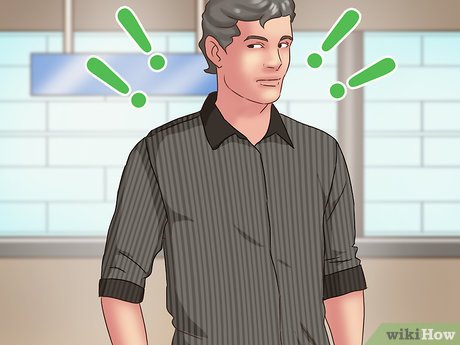
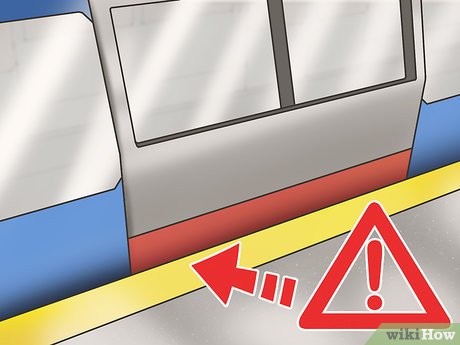
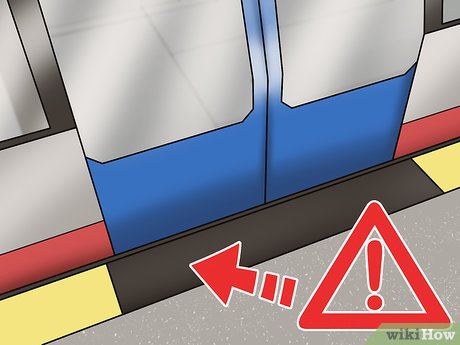
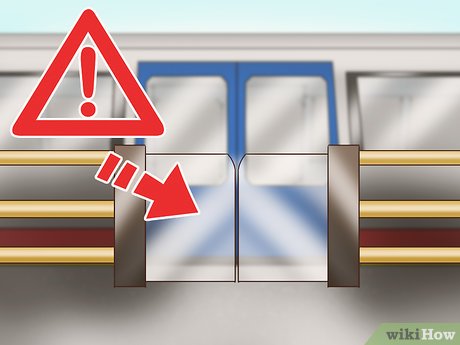
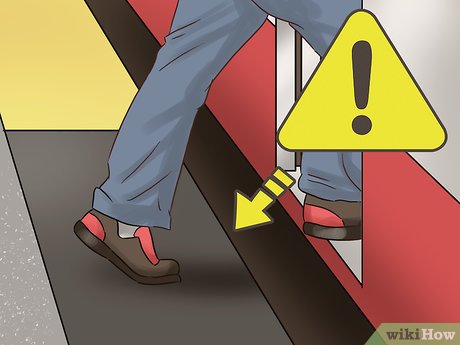
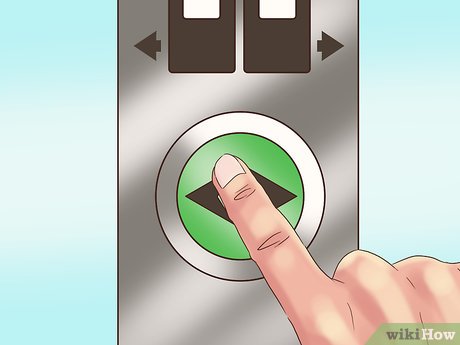
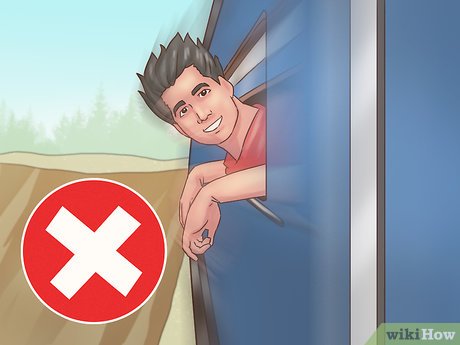
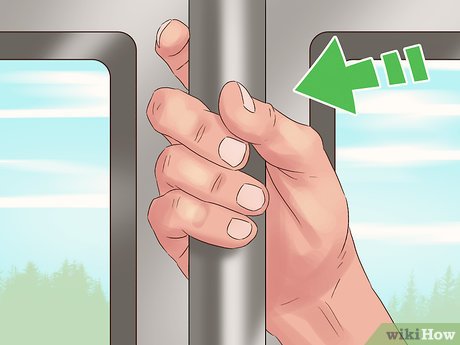
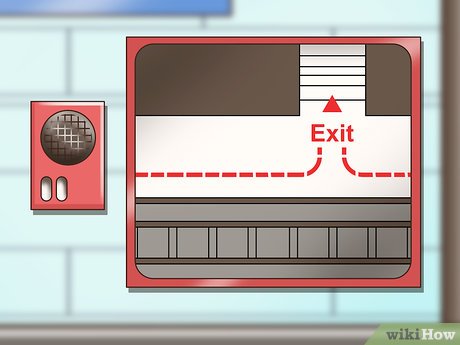
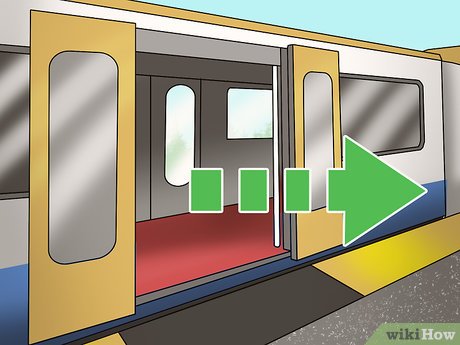
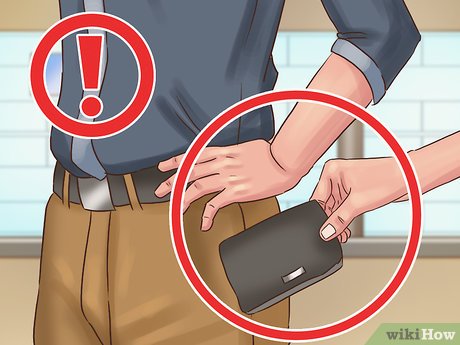
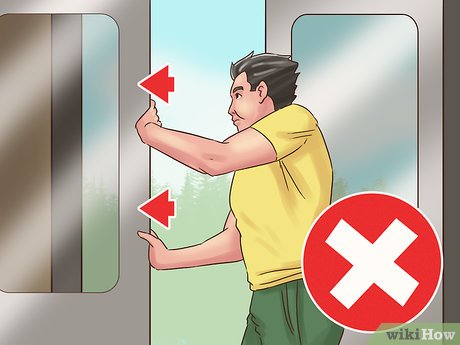
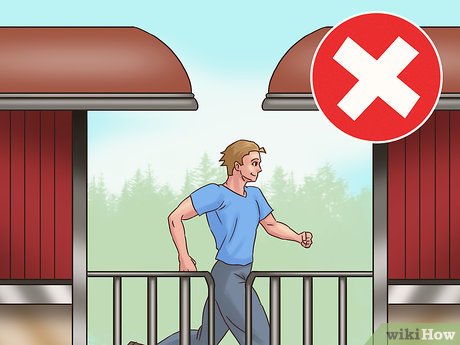
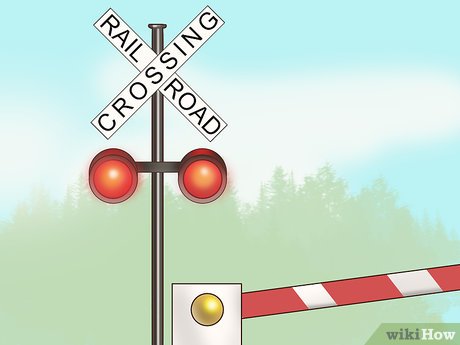
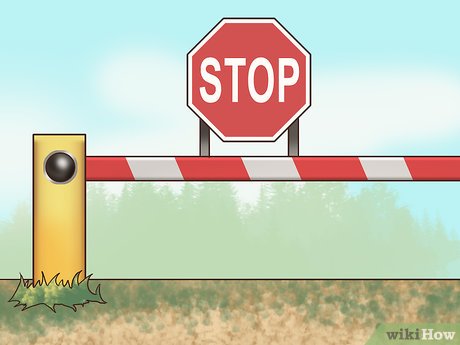
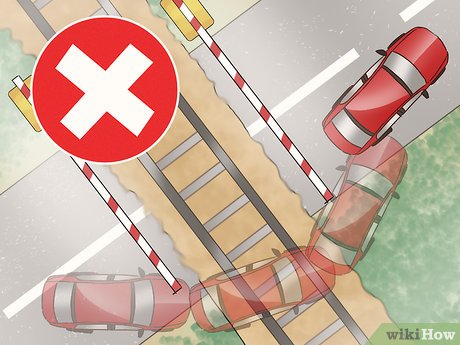
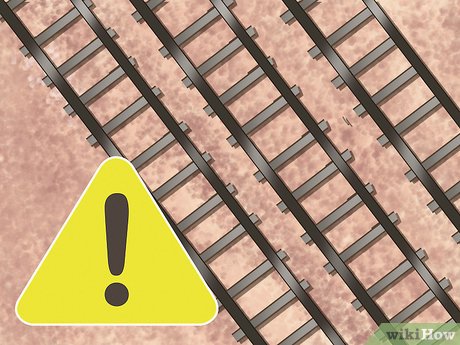
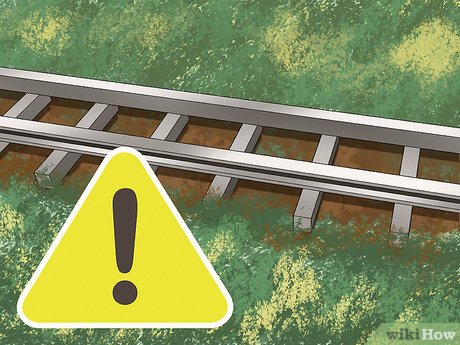
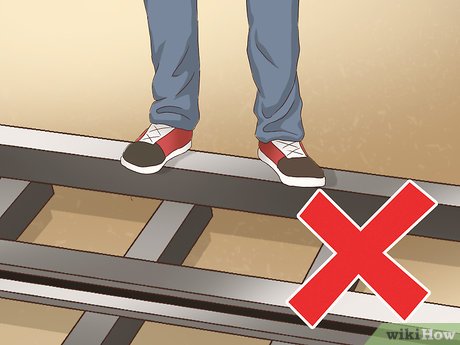
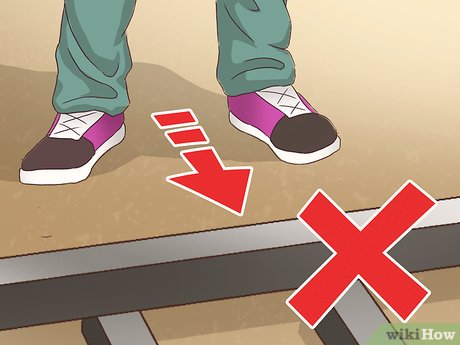
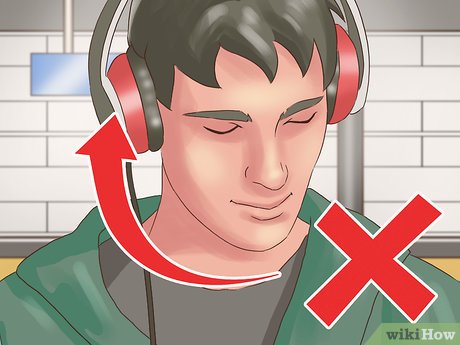
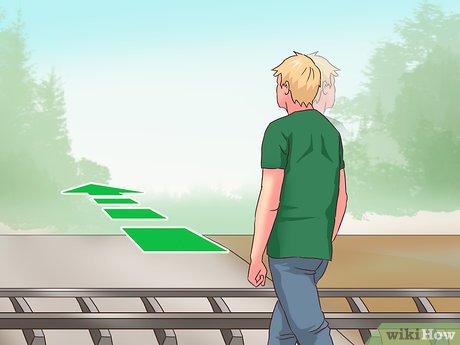
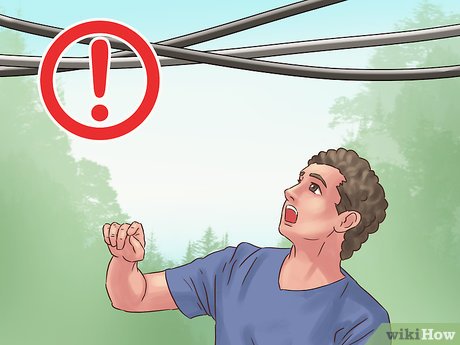
 How to Cross a Railroad Crossing
How to Cross a Railroad Crossing How to Replace Bearings on a Trailer
How to Replace Bearings on a Trailer How to Prepare Your Car for Towing
How to Prepare Your Car for Towing How to Select a Trailer Hitch
How to Select a Trailer Hitch How to Trailer a Horse
How to Trailer a Horse How to Sell a Trailer
How to Sell a Trailer